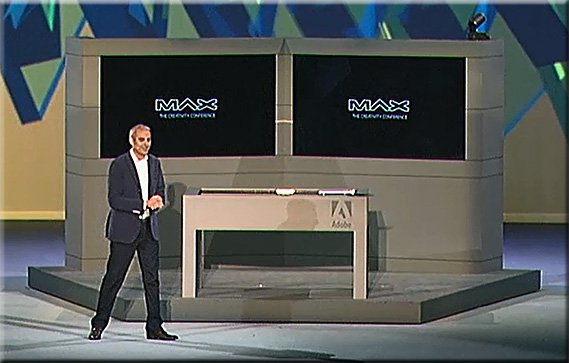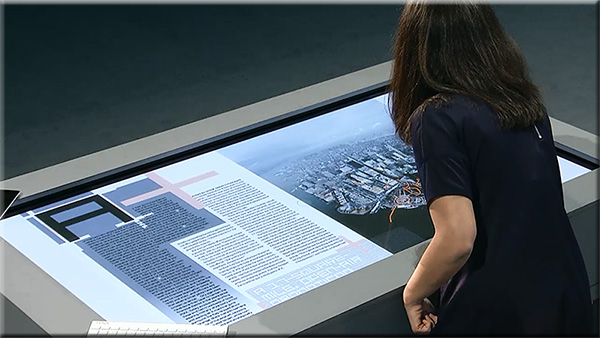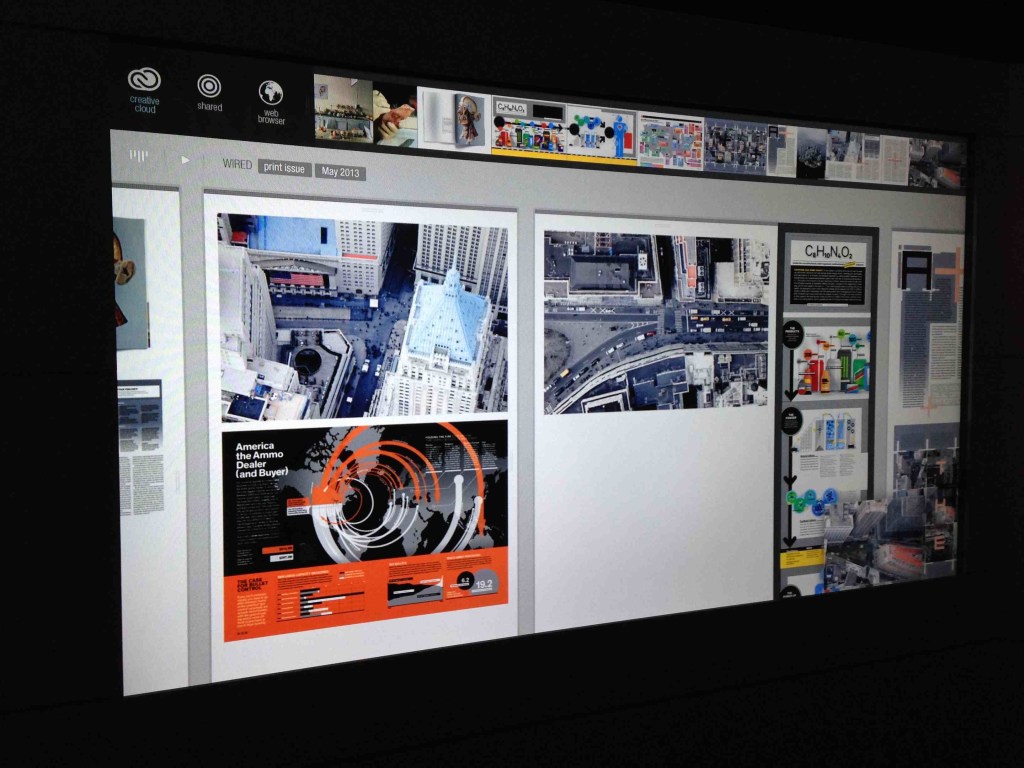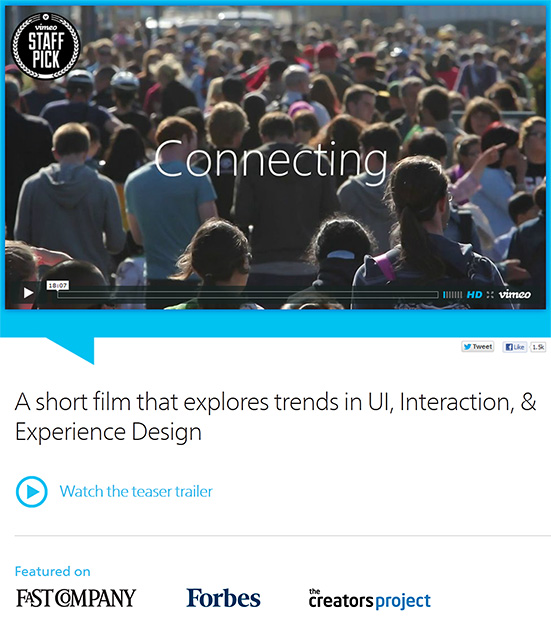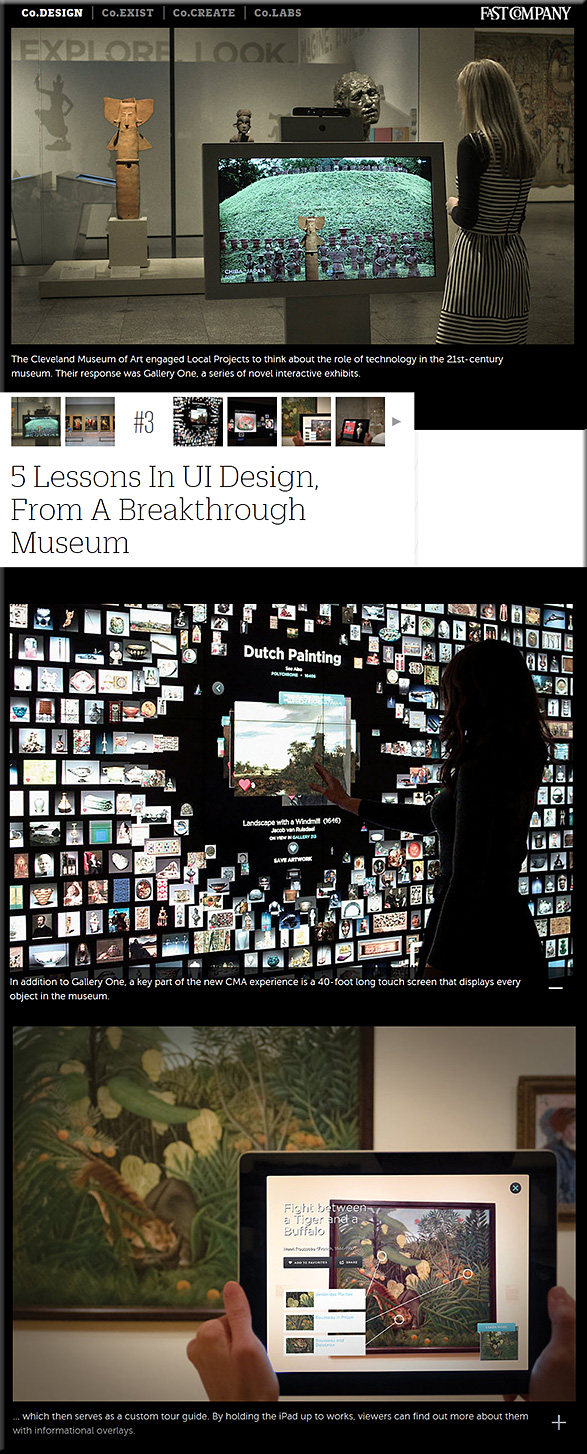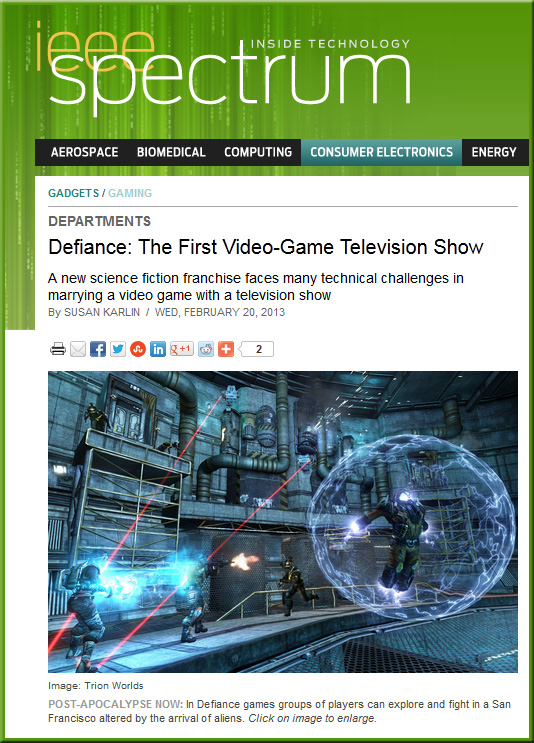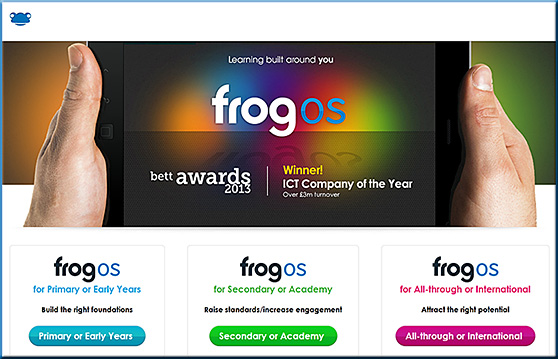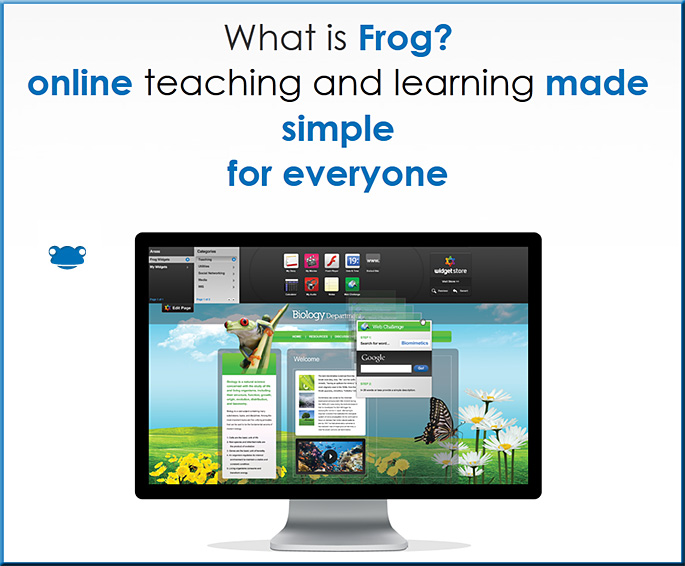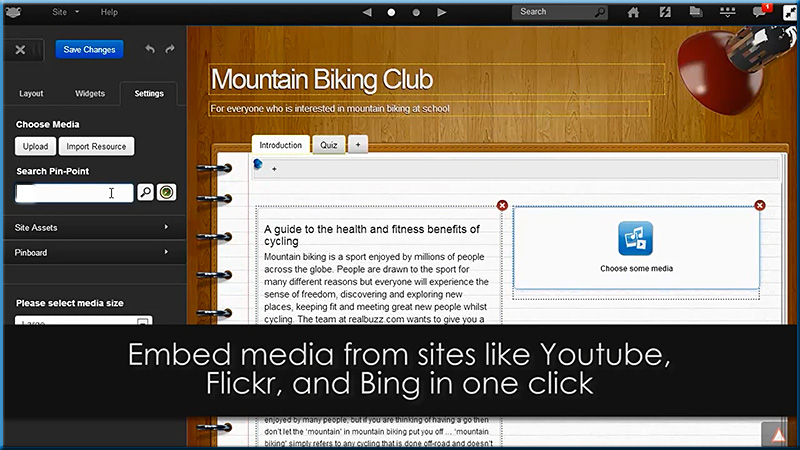TV apps: A dive into fragmentation — from appmarket.tv by
Excerpt:
Suppose you wanted to build an app for TV, where would you start? Admittedly, there is an enormous number of variables to consider for an app developer on where they might start the journey, even before that journey starts. These include areas like skill sets, funding, previous development, and relationships. This article is the first in a series that aims to shed some light on the current state of TV app development, as well as the exciting ecosystem that is forming around the connected TV. If you’ve identified an opportunity where developing a TV app makes sense, read on!
…
At this point, suppose you want to cover the market and develop for all devices and middleware platforms. That’s at least 72 middleware/OS, 122 devices, and 3 screen resolutions, which equates to managing over 26,352 experiences. A little overwhelming, right? Luckily, the picture isn’t quite this grim and in practice, no developer has gone to these lengths (we hope!). The next article in this series will go into how some of this fragmentation is being dealt with and some best practices that we’ve discovered along the way.
.

.
![The Living [Class] Room -- by Daniel Christian -- July 2012 -- a second device used in conjunction with a Smart/Connected TV](http://danielschristian.com/learning-ecosystems/wp-content/uploads/2012/07/The-Living-Class-Room-Daniel-S-Christian-July-2012.jpg)











